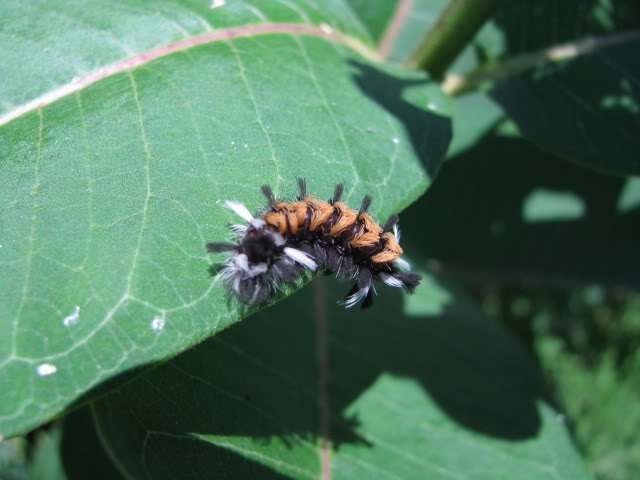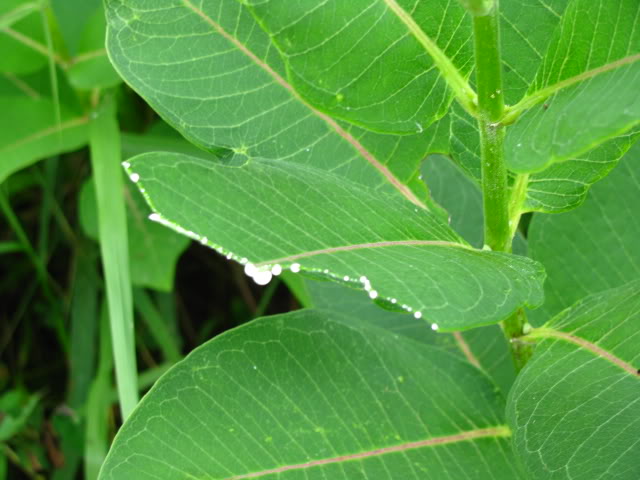It’s Caterpillar Season…

(This post contains links to my products.)
It’s caterpillar and butterfly season, but those fast and furious butterflies won’t sit still long enough for me to snap a picture!
Caterpillars love cameras.
On a recent walk with my hubby – alone (do you know how precious a nature walk alone with my husband is?? ) – we came across some beautiful, blooming milkweed.

Monarch butterflies and caterpillars can be found on milkweed, so I took a peek to see what I might find. Instead of finding monarchs, though, I found these.

Actually, I found hundreds of them! Talk about a munching crew of caterpillars – they had at least half the leaves from the entire cluster of plants eaten away.

From the looks of the caterpillars, I was just sure they would turn into a magnificently colored butterflies. After doing some online research, it was hard to believe the Milkweed Tussock caterpillar would turn into such a dull moth.
God amazes me every. single. time. we take nature walks. I learn something new inevitably. But, more importantly, I see His fingerprints everywhere. And those fingerprints assure me that if he cares enough to make a caterpillar creatively beautiful, he cares enough for me. Enough. On the days when I wonder, all I have to do is remember His creation.
The next day…
I couldn’t let the opportunity to observe so many caterpillars in action slip away for my children. So, the next day, I sent them out with a treasure map of sorts to locate and photograph the milkweed plant and the caterpillars. The photos became part of their nature journals where they had to research and write about the type of caterpillar, sketch the moth it would become and tell a little about the milkweed plant.
As with most children, they LOVED the format of a treasure hunt!
More caterpillars!
Later in the week, we came across this caterpillar on the leaf of a tomato plant. It’s caterpillar season alright!

My husband grew up calling these tobacco worms because they could always be found in the tobacco fields. They are officially called Tomato Hornworms – because of the innocent stinger-like horn found on the back end. Tomatoes and tobacco are both in the nightshade family, which is why these caterpillars can often be found on both plants.
But, what about the white things? At first, we assumed the white objects on the caterpillar’s back must be its eggs. Boy were we wrong – these are parasites! More specifically, cocoons of braconid wasps. From the perspective of a gardener, the parasites are a GOOD thing because they destroy the hornworm. Wow, the things you learn when you take a little time to research nature finds!
Study Caterpillars and Butterflies
Spring, summer and fall are all great seasons to study caterpillars and butterflies! NaturExplorers Butterflies Flutter By will help you pull together fabulous nature walks, hands-on activities, projects and research topics. Study them for a week…a month…you decide. There are enough activities to keep you busy learning either way!

